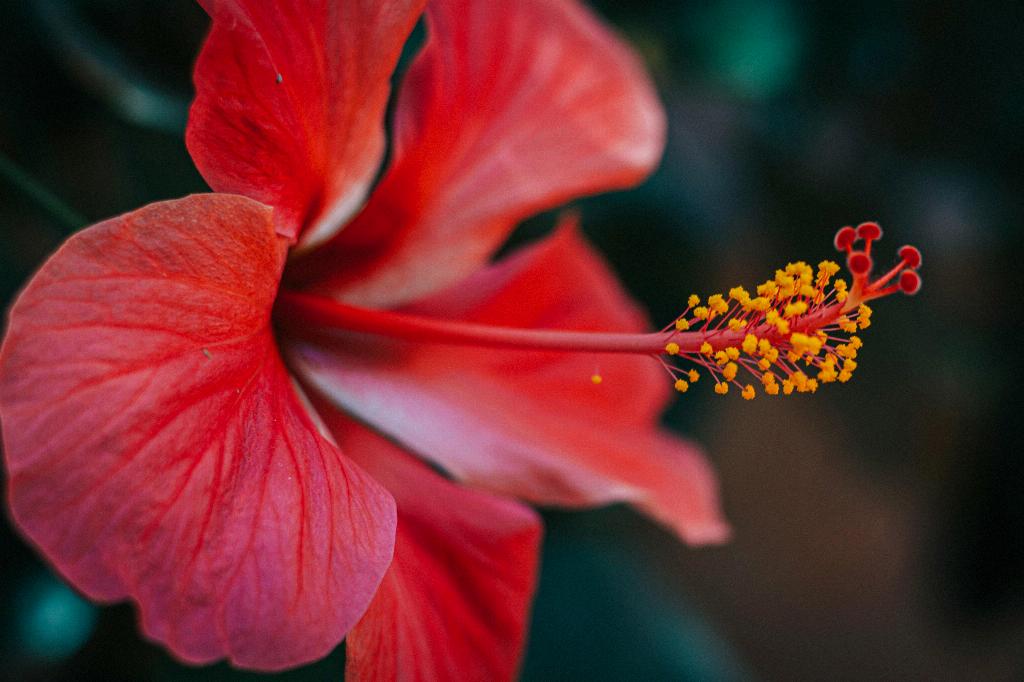When the cooler temperatures of winter start to settle in, it is essential to adjust your hibiscus care routine to ensure these beautiful plants thrive during the winter months. Here are some expert tips to help you care for your hibiscus during this chilly season.
1. Transitioning Hibiscus Indoors
As winter approaches, consider transitioning your hibiscus indoors to protect it from the harsh cold. While hibiscus plants can be stored in a frost-free area, it’s important to remember that they do not go fully dormant and still require some care throughout the winter.
2. Providing Adequate Water
Even during the winter months, hibiscus plants may need occasional watering. Be sure to check the soil moisture regularly and water your hibiscus when it begins to dry out. Avoid overwatering, as this can lead to root rot.
3. Choosing the Right Storage Location
When storing your hibiscus indoors for the winter, opt for a location that receives adequate light. If natural light is limited, consider supplementing with fluorescent bulbs to ensure your plants get the light they need to thrive.
4. Monitoring Temperature and Humidity
Temperature and humidity levels are crucial factors in hibiscus care during the winter. Aim to keep your hibiscus in a place with consistent temperatures and moderate humidity to prevent stress on the plant.
5. Pruning and Maintenance
During the winter months, take the time to prune your hibiscus as needed. This will help promote healthy growth and shape the plant for the coming spring. Additionally, inspect your plant for any signs of pests or diseases and take appropriate action to treat them.
6. Fertilizing Schedule
While hibiscus may not be actively growing during the winter, a light feeding with a balanced fertilizer can help support the plant’s overall health. Follow a reduced fertilizing schedule during the winter months to provide essential nutrients without overwhelming the plant.
7. Protecting Hibiscus from Drafts
Avoid placing your hibiscus near drafty windows or doors during the winter. Cold drafts can stress the plant and lead to issues with growth and flowering. Keep your hibiscus in a draft-free area to maintain optimal growing conditions.
8. Watering Considerations
Water your hibiscus sparingly during the winter months, allowing the top few inches of soil to dry out between waterings. Adjust your watering schedule based on the plant’s needs and environmental conditions to prevent waterlogged soil.
9. Maintaining Air Circulation
Proper air circulation is key to preventing issues like mold and mildew on your hibiscus plants during the winter. Ensure there is adequate airflow around your plants to promote healthy growth and reduce the risk of fungal infections.
10. Repotting Considerations
If your hibiscus has outgrown its current pot or shows signs of being root-bound, consider repotting it during the winter months. Choose a slightly larger container with well-draining soil to provide ample room for root growth and continued plant health.
11. Pest Management
Keep a close eye on your hibiscus for any signs of pests, such as aphids or spider mites, during the winter. If you notice any pests, treat your plants promptly with safe and effective pest control methods to prevent damage to your hibiscus.
12. Enjoying Your Winter Care Routine
Caring for your hibiscus during the winter months may require a bit of extra attention, but the rewards of healthy, thriving plants are well worth the effort. Take the time to provide your hibiscus with the care it needs, and you’ll be rewarded with vibrant blooms come spring.

